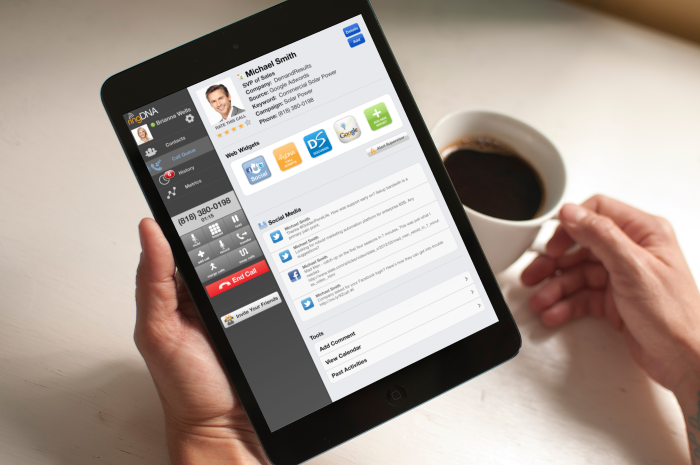A new special section of Child Development shows how particularly diverse the use of mobile technology is among children and adolescents, and points to great complexity in the effects of that usage.
This special section of Child Development, edited by Dr. Zheng Yan and Dr. Lennart Hardell, adds important information to the research in this area. It includes articles from national and international scholars on the complicated impact mobile technology has on infants, toddlers, children, teens and parents.
“There are nearly three billion children and adolescents in the world,” said Yan. “Most of them were, are, or will be various types of mobile technology users, interacting with and being influenced by mobile technology in numerous ways.”
The articles in this special section, “Contemporary Mobile Technology and Child and Adolescent Development,” consider the effects on a wide range of outcomes including:
- Risks of using mobile phones while driving, walking, and bicycling (Stavrinos)
- Risks of radiation in mobile phone use for brain development (Hardell; Sage)
- Effects of mobile technology on cognitive control and attention in contexts such as parenting and early brain development and (McDaniel; Li; McClure)
- Risks of sexting /increased risky behavior through peer pressure and social media interaction (Rice; Sherman)
- Effects of mobile technology use on sleep, mood, and mental health (Vernon; George/Odgers)
- Potential for monitoring children’s locations/children’s attitudes towards security and monitoring through GPS tracking (Gelman)
- Increased connectivity across spaces and cultures (Shapka; Coyne)
Findings across the articles in the special section point to a range of outcomes including areas where mobile technology may pose potential dangers, and areas where development may be supported. An important example is the work summarized by Dr. Lennart Hardell concerning radiation and brain development. In terms of potential benefits to development, mobile technology offers new, unique ways for young children to maintain contact with family members not physically present.
“Today’s mobile technologies have become a very unique and powerful influence on child and adolescent development,” said Yan. “Its use is very personal for children and adolescents, occurs almost anywhere and anytime, and integrates telephone, television, video games, personal computers, the Internet, and many new technologies into a portable device. The evidence indicates complex impacts on young mobile technology users.”
SRCD was established in 1933 by the National Research Council of the National Academy of Sciences. The Society’s goals are to advance interdisciplinary research in child development and to encourage applications of research findings. Its membership of more than 5,700 scientists is representative of the various disciplines and professions that contribute to knowledge of child development. In addition to Child Development, SRCD also publishes Monographs of the Society for Research in Child Development, Child Development Perspectives, and the SRCD Social Policy Report.











